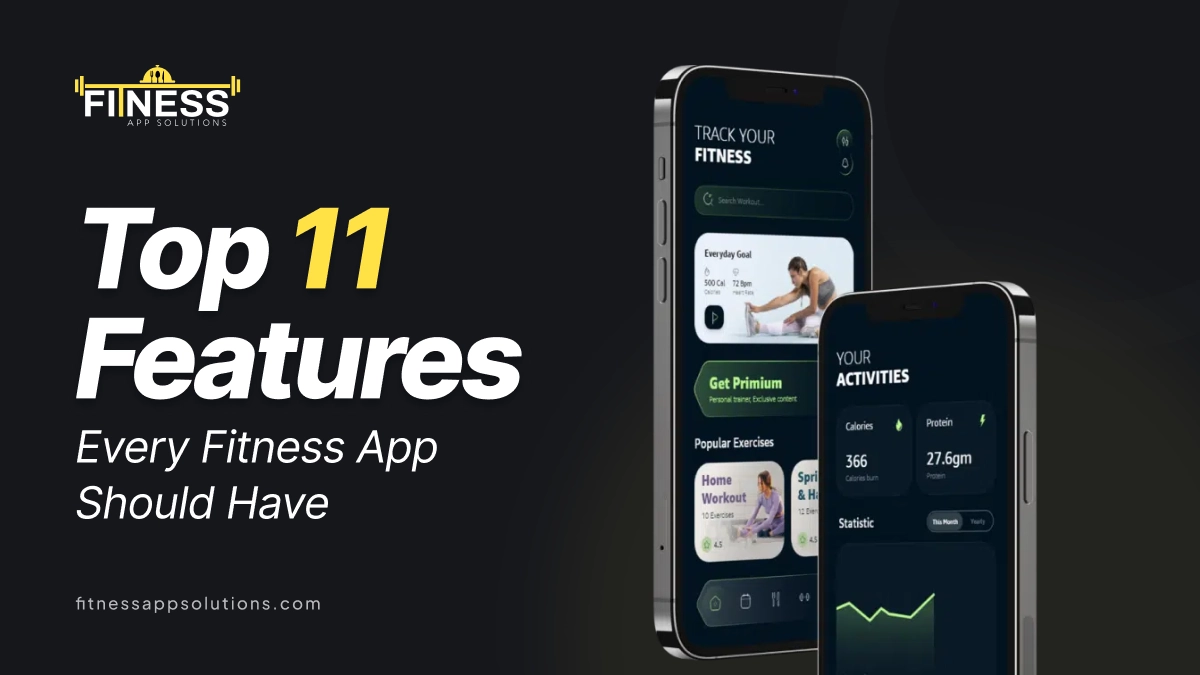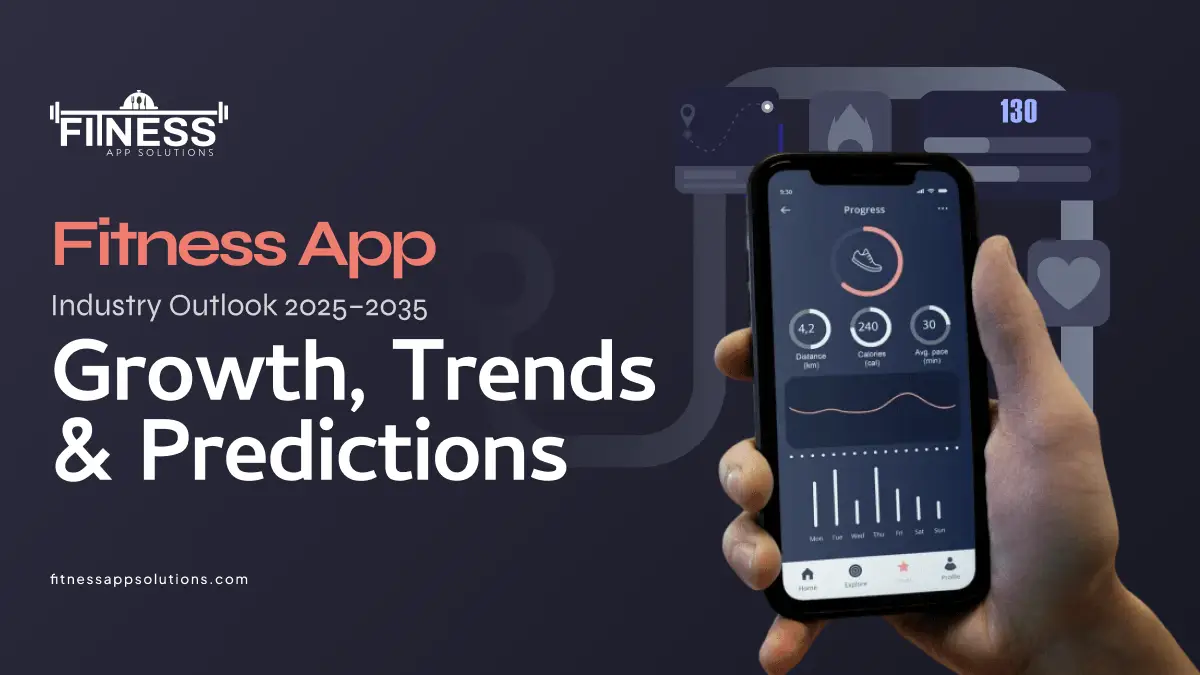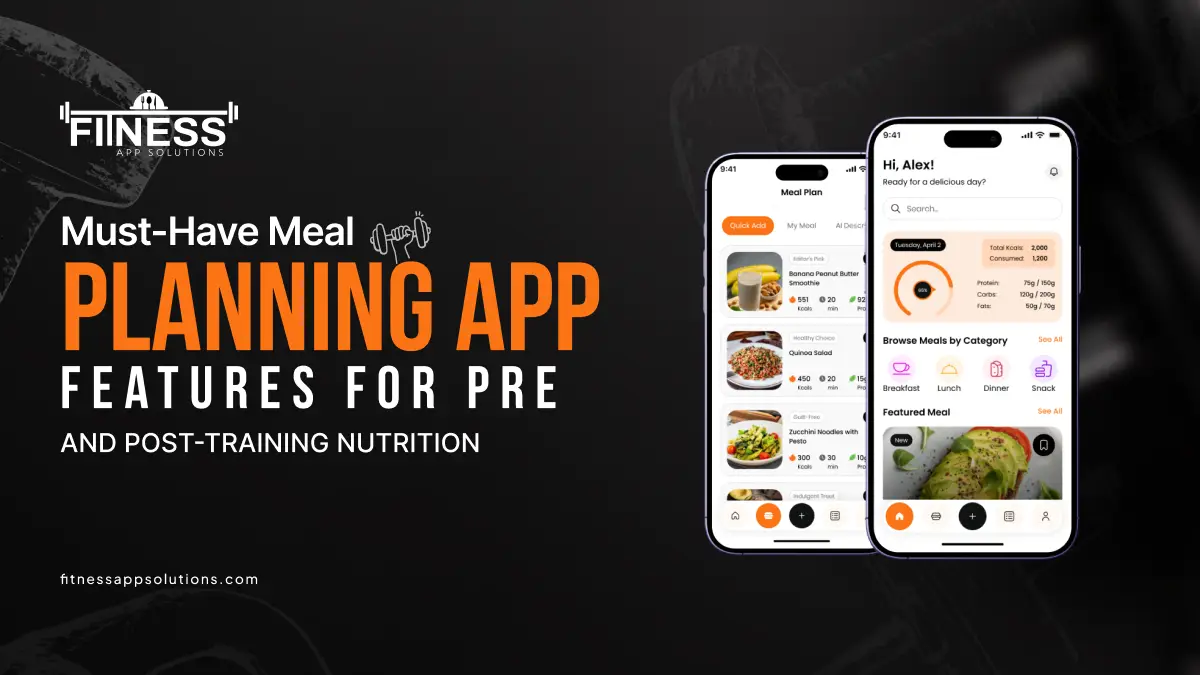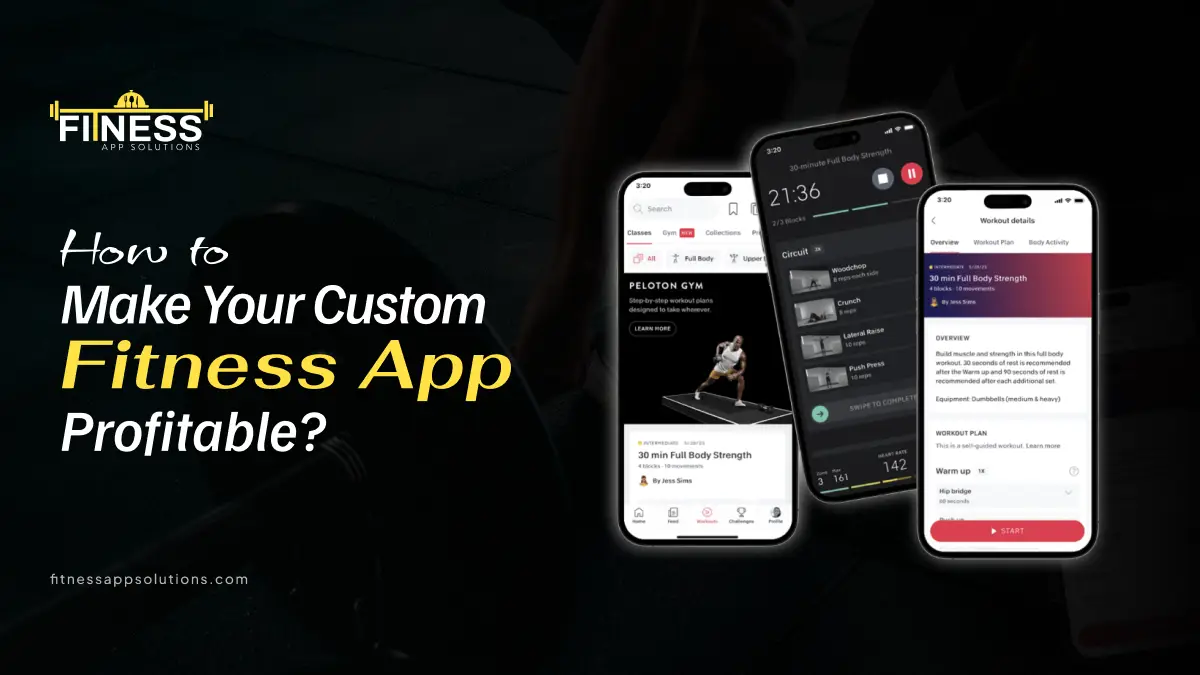Fitness is an integral part of our life. Having a healthy and fit body is essential. But it is difficult for everyone to hit the gym due to busy schedules and shifts. Here fitness apps work as savior. With fitness apps, people can book their classes anytime and anywhere.
As per Statista, the fitness app market size is expected to be worth USD 10.04 billion by year 2028, growing at a CAGR of 9.99%. Hence, fitness app development is a high revenue generator for both B2B and B2C markets.
But the competition is continuously increasing in the global fitness market. To outshine your app, it is necessary to integrate trendy and latest features in your fitness app. In this blog, you will get to know about the top 11 features that will make your fitness app successful.
Different types of Fitness Apps
Types of fitness apps vary depending on the services they provide. Some fitness apps are made for physical fitness. Whereas some fitness apps provide services for mental wellness. And some apps provide dietary guidance for overall well-being.
There are various types of fitness apps:
-
Workout Tracking App:
This app tracks your daily workout and physical activities. Along with this it provides workout videos with step–by – step instructed exercises details.
-
Yoga and Meditation App:
This app provides live sessions and recorded videos for yoga asanas and meditation focusing on mental well-being of human beings.
-
Diet Apps: These apps track your eating habits and their impact on health. And provide you with healthy diet recipes along with pre-prepared grocery lists. This app also provides diet plans prepared by expert dieticians.
-
Nutrition Tracking App:
This app tracks the daily amount of nutrients intake. This app also provides meal plans properly balanced with the required amount of nutrients.
-
Weight gain/loss App:
This app customizes workout, and meal plans according to users’ preference to either loss or gain weight.
-
Health Tracking App:
It tracks vital signs, sleep patterns and nutrition intake and connects with experts for improving overall health and wellness.
- Dance Fitness App:
Dance fitness apps offer high-energy dance workouts and choreography by dance experts.
-
Calorie Counter:
It counts the daily intake of calories, saturated fats, etc. And schedule their intake time and amount.
11 Features you should have in your Fitness App
Here is a list of the top 11 features that you must add to your fitness app to ensure that it fully meets the needs of your users.
1.Registration & Profile Creation:
Fitness apps should have the option of profile creation. It will help users to sign up to their account or profile using their emails or social media credentials. With this option users can log in to their profiles at anytime and anywhere. The profile information should include users name, location, address, age, weight, health issues (if any), contact details.
2.Push Notification & Reminders:
Fitness apps should include the push notification and reminder feature. It focuses on maintaining the consistency of workout. While using many fitness apps, many users lost track of their workout plans due to busy schedule, illness, and any other reason. Push notification option keeps users connected with fitness app.
3.Activity & Progress Tracking:
Fitness apps should track users’ fitness activity and progress. Apps should track activities like step count, daily running time, heartbeat variations, sleep schedule, eating time and all the activities impacting health. Then after tracking app should prepare a properly analyzed progress report for real time feedback from experts.
4.Nutrition Tracking:
Nutrients and diet are the main aspect of a healthy lifestyle. Fitness apps should have a feature to track nutrients and diet along with workout. This feature includes a nutrient tracker to track daily intake of nutrients consumed, a calorie tracker, and diet planner which plan your diet to fulfil the daily intake of nutrients.
5.Customization:
It is essential to include this feature in fitness apps. This feature would allow users to create and modify their own workout routines. It enables users to customize app settings, themes and notifications. This feature also includes the privilege to customize diet plans as per users’ preference.
6.Wearable Integration:
As per 2025 ACSM Worldwide fitness trends, wearable technology is the top fitness trend. Wearable devices include fitness bands, smart watches and GPS tracking devices. These devices track daily physical activities (like walking time, steps counting). And deep health monitoring (like heartrate, BP, heartbeat variations), sedentary behavior, stress & sleep. Wearable activity trackers support a healthy lifestyle. They connect with fitness apps for actionable insights like goal setting & personalized experience.
7.Social Media Sharing:
Social media is an important aspect of life nowadays. People love to share their every moment on social media. Fitness apps should have features to integrate with social media. It will allow users to build communities on social media with like-minded people. Users can share their achievements on social media with their family and friends. It helps users to feel motivated by sharing their achievements on social media.
8.Gamification:
Gamification is an excellent way to keep users engaged. Including game like features makes your fitness apps interesting. With this, developers can create an enjoyable user experience. These games include leaderboards, where users can compete with their family and community. Include in-app fitness challenges and setup goal to achieve. Reward the users with badges, certificates and points. You can provide discount offers in the form of a prize to attract more users.
9.Geolocation:
It uses location tracking systems or GPS to track users’ location. It also recommends nearby fitness activities areas like local gyms, fitness studios, outdoor running paths, etc. It tracks workout, enabling users to see and compare their workout progress. Geolocation can also be used to create fitness challenges virtually. Users can complete a specific workout at multiple locations.
10.Virtual Coaching:
Fitness apps provide personalized virtual coaching to users under their different subscription models. Hiring a personal coach is costly and unaffordable for some people.
11.Live Streamed Classes:
Fitness apps should provide live streamed classes or on-demand workout sessions. It leverages those users who want workouts from home. This feature includes live classes with experts and pre-recorded videos in the exercise library. These live sessions with experts provide real time feedback to the users.
Conclusion
These features will help your fitness app business to grow in an effective way. These features are all trendy and the latest ones as per the global fitness trends. It will help in increasing the popularity of your fitness app among the other apps. Having advanced features like gamifications, geolocation, live sessions, wearable integration and social media integration in your fitness app will make it eligible to compete in the global fitness market and retain more and more members.
Frequently Asked Questions (FAQs)
Question 1: What are the basic features to include in fitness apps ?
Basic features of a fitness app include:
- User registration
- Tracks physical activity
- Personal training sessions
- Nutrition and diet plans
- Proper workout plans and guidelines
- Social media integration
Question 2: What are the types of fitness apps?
The types of fitness apps are nutrients app, workout apps, activity tracking app, dance fitness app, yoga and meditation app, calorie counter, nutrition tracking app, diet planner app, etc.
Question 3: Will adding too many features affect the development cost?
The cost of developing a fitness app depends on many factors. These factors also include integration of features. The more advanced features you will include will impact on the cost of fitness app development.
Question 4: What is the purpose of a fitness app?
The main purpose of fitness app is to provide workout guides to the users with complete flexibility. It allows users the facility to schedule their classes at anytime and anywhere.
Question 5: Is it necessary to add gamifications in fitness apps?
Gamifications enhance the user experience and keep users hooked with your app. So, adding gamifications feature will increase the popularity of your fitness apps.



